Think back to when email first hit the workplace. Near instantaneous digital communication was, and still is, a marvelous breakthrough in technology. It revolutionized the way we communicate and how we work. A lot has changed with digital communication since then, with numerous transformative technologies that connect employees to information even quicker. Platforms like intranet applications has highlighted a major realization: email is dead for work.
So, what happened?
When you’re receiving hundreds of emails every day, you already know what the problem is. An overabundance of email derails your ability to get anything done and it becomes very easy to miss messages. According to McKinsey, removing email from the work environment would free between 7%-8% of workers’ time for more productive tasks.
Here enters the value of a modern intranet software.
What is an intranet used for?
An intranet application is an organization’s digital hub where internal information, files, announcements, and tools are centralized in an always-accessible place. Intranets bridge communication gaps, elevate company culture, and increase productivity by saving time for users and unifying teams.
Before we get into that, let’s first look at the major limitations of using email for work.
5 huge limitations of using email at work.
It’s unfair to say that email doesn’t have any utility. Some businesses have found success with it, but business communication tools are moving in a different direction. For those who want to know why, it’s helpful to understand the limitations of email.
Here are a few reasons why you should replace email with an intranet application.
1. It’s time-consuming.
If email is your primary means of communication, you’ve surely noticed how much time you spend with it. Many people believe this is just a function of communication itself, but it’s not. What holds us back from speedy communication tends to be workflow-related, and email workflow is horrible. There is no segmentation, so everything comes into your inbox in a big, giant heap of a mess. Which emails take priority? How do you base your email reply decisions? Who is more important that needs a reply immediately? In the end, you’re only left with wasted time.
2. Information gets lost.
You may often find yourself with a backlog of emails. Do you really have time to search, search, and search some more for the information you need? Some email platforms provide adequate search features, but many of them make it difficult.
For instance, let’s say a client or customer asks for a quote you prepared months ago. Jimmy, who handles quotes, emailed you the info 6 months ago. In the meantime, Jimmy had emailed you countless other things (and so has everyone else). So, do you really have time to search through thousands of emails? Or would it be easier to email Jimmy again and have him recreate the quote?
In this scenario, 3 major problems occurred – all because information was lost in email.
- You can’t find the information you need because it’s buried in email.
- You’re wasting time searching for information that you don’t find anyway.
- You’re making Jimmy do the same job twice, when the first time should have been enough.
3. Email overload.
Many people wake up to an inbox full of unread emails. This list immediately grows as the workday begins. Knowing where to start is difficult … remember #1 above? Yes, it’s a time-consuming process. Where do I start? How many can I reply to before lunch? Which should I save for later? With all this email overload, you may want to shut down and not deal with it at all, resulting in stress and anxiety. Thanks email overload!
4. It requires standalone applications.
In most cases, your staff will be using a specific application devoted to email. Whether it’s cloud-based or self-hosted, you’re still going to need to login and open an application. You may find yourself juggling many applications during the day, and this can set limitations on productivity. Email is just another complication to workflow that keeps you from being your most effective. Eliminate email = eliminate another problem.
5. It’s not secure.
Security is, and has always been, important. This is especially true when given sensitive information from clients and customers. You can’t afford to take any risks, and email isn’t as secure as your might think. You need a better option to exchange secure information like credit card numbers or mailing addresses. Even if you’ve never had a bad experience with email, that doesn’t mean it won’t happen in the future.
11 reasons why you need an intranet application today.
Clearly, email isn’t the communication solution for work. The most viable replacement for email is an intranet application.
An intranet application allows your team to communicate more easily and effectively than they would with email. It creates pathways that didn’t exist in the past. Whether it’s for internal communication or external communication, your intranet app takes a central role in the process.
Here are 11 ways a modern intranet app is better for work than email.
1. An intranet application improves collaboration.
If you ever tried to collaborate with your team through email, you already know how difficult it is. It doesn’t matter if it’s a customer or staff member — online collaboration is essential to success. Employees collaborate with each other to improve the development of products and services. And when you bounce ideas with clients and customers, that’s a form of collaboration too. You need a platform that makes it easy. An intranet applications provides a variety of collaboration tools such as file managers, wikis, blogs, articles, photo/video sharing, etc.
2. Productivity will skyrocket.
People want to be productive at work, but there are always challenges that come up during the day. Some are difficult to overcome, yet communication is one that can improve. This starts with ditching email for work and finding a better communication solution. An intranet application keeps everything within the rails of a single community. There’s no juggling apps, no multiple sign-ins, no complicated errors. It puts digital communication into your hands and takes away the difficulties in the process.
3. Increased employee engagement.
The best employees are fully engaged in their work. Managers and CEOs place a lot of focus on improving employee engagement within their organization. It can turn a “so-so” business into a leader in its field … thanks to the hard work and dedication of its employees. A modern intranet app houses a community where employees can log-in and communicate with each other. It offers tools for connecting, whether engaging in digital water cooler chat, or working on a time-sensitive project. When things go smoothly, you’ll see an increase in engagement levels.
4. Segmentation and online workspaces.
Many professionals wear different hats throughout the day. Someone may take on marketing tasks and dabble in account management at the same time. Remember #1 from the “Email Limitations” list above? Email isn’t segmented, so things become confusing and time consuming. With an intranet application, you can segment communications into different online workspaces within the community. Spaces keep information overlap from becoming a problem, and you can set up as many as necessary.
5. An intranet application serves many purposes.
Years ago, the idea of handling all your business processes in a single place wasn’t realistic. Now, with the advancements of technology, this is more than a simple possibility. An intranet application is used for communication, project management, scheduling, and many other purposes. This means you can cut the need for many software instances, which will save you both time and money in the end.
6. Less confusion.
There’s nothing worse than not having the information you need to do your job. Confusion has no place in business, as it can lead to costly mistakes. When you want to ease confusion, the first thing that comes to mind should be communication. Email is often the culprit. Finding a piece of information can feel like navigating through a labyrinth. An intranet app, on the other hand, puts everything you need right in front of you.
7. Finding old conversations is easy.
Have you ever tried to find an old conversation with a client or colleague only to come up short? It happens all the time with email. Digging through your inbox makes this challenging, and sometimes you don’t have the time. You need the information immediately. With an intranet application, every conversation is logged and easily accessed at any time with a robust intranet search engine.
8. Your email inbox turns into a notification center.
Yes, email still serves a purpose. When using an intranet application as your communication hub, your email inbox becomes something different. It becomes a notification center. And you can choose the types of notifications you receive, so you don’t miss anything important. When used like this, email can actually be an excellent tool for staying on top of things.
9. New and improved habits of communication.
Your team will be much better at getting things done when you have effective communication methods in place. With a modern intranet app, there are plenty of options and ways to streamline communication. For example, you might find that after years of using email, quick, one-line messages are now saving you time. There will always be ways to improve communication, and an intranet application gives you the opportunity to move in a new direction.
10. Intranet applications are highly intuitive.
Just because an intranet application is powerful doesn’t mean it’s hard to use. Anyone familiar with popular social media networks will have no trouble, and the results are often seen immediately. With a sleek design and intuitive navigation, there shouldn’t be any problems. Many people find that using an intranet app for communication purposes is actually easier than using email.
11. Easier scheduling.
Scheduling can get difficult when people become exceedingly busy. It’s not uncommon to double-book a time during the day, which can cause problems. Many times, this is because people are using separate applications for scheduling and communicating. Intranet calendars remove any confusion as to when you’re too busy to schedule a task or meeting.
In conclusion.
For those who have been using email to communicate at work for decades, making the switch can seem scary. It’s important to remember that intranet apps are the future of communication at work. Your business will only get better by replacing email with an intranet application … especially if you take the plunge sooner than later.
The future is here, and it’s time to dive in.



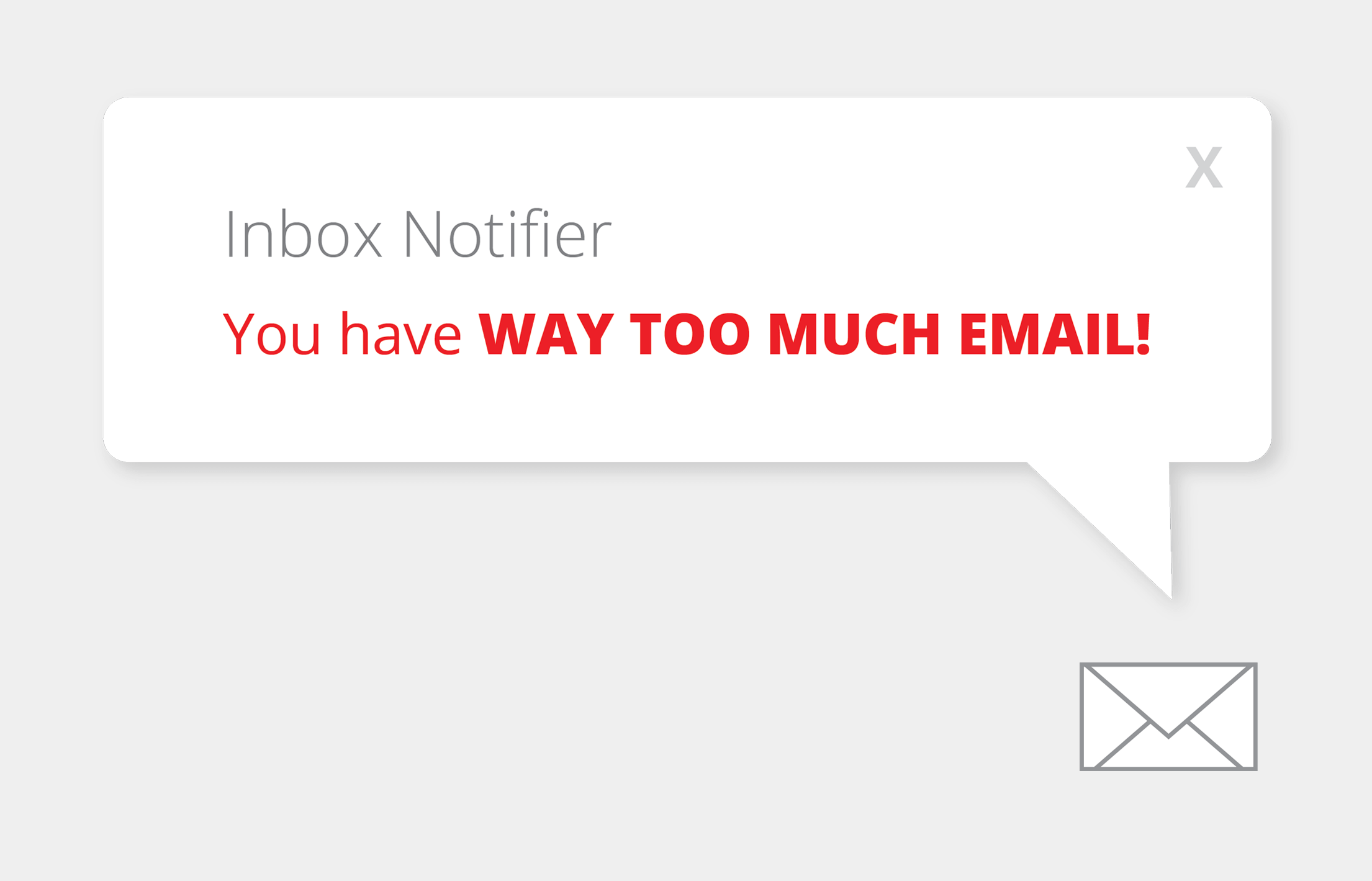


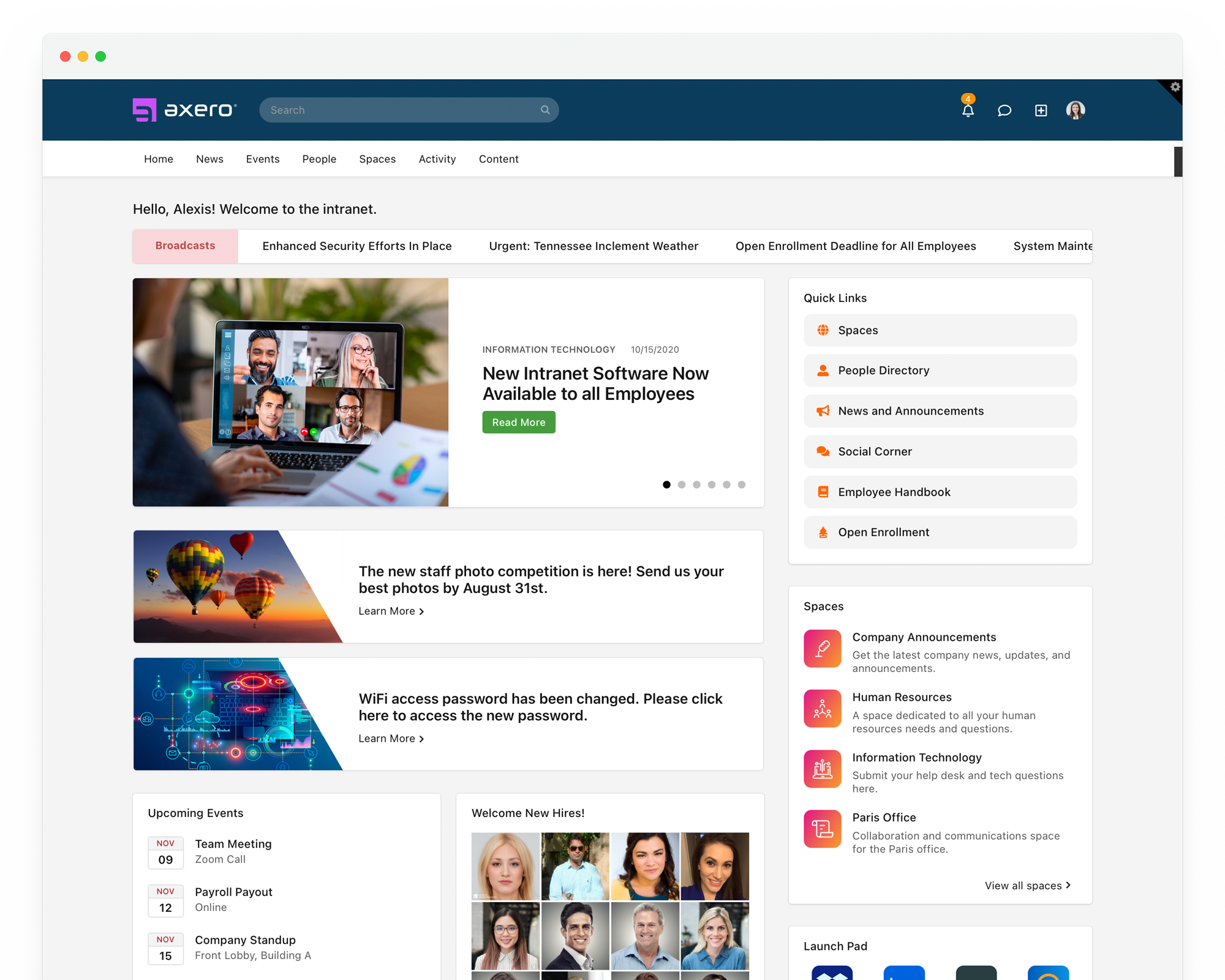
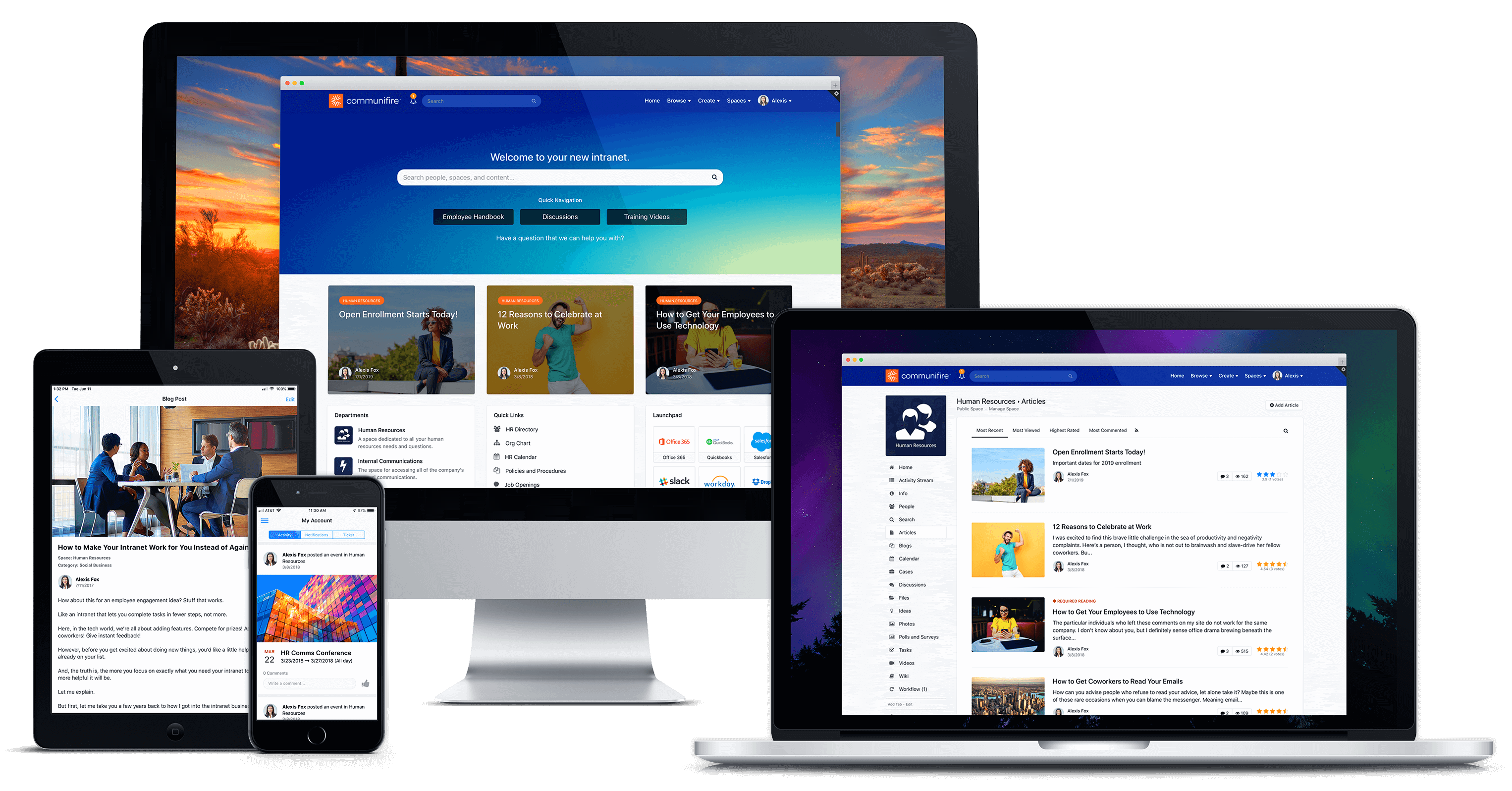
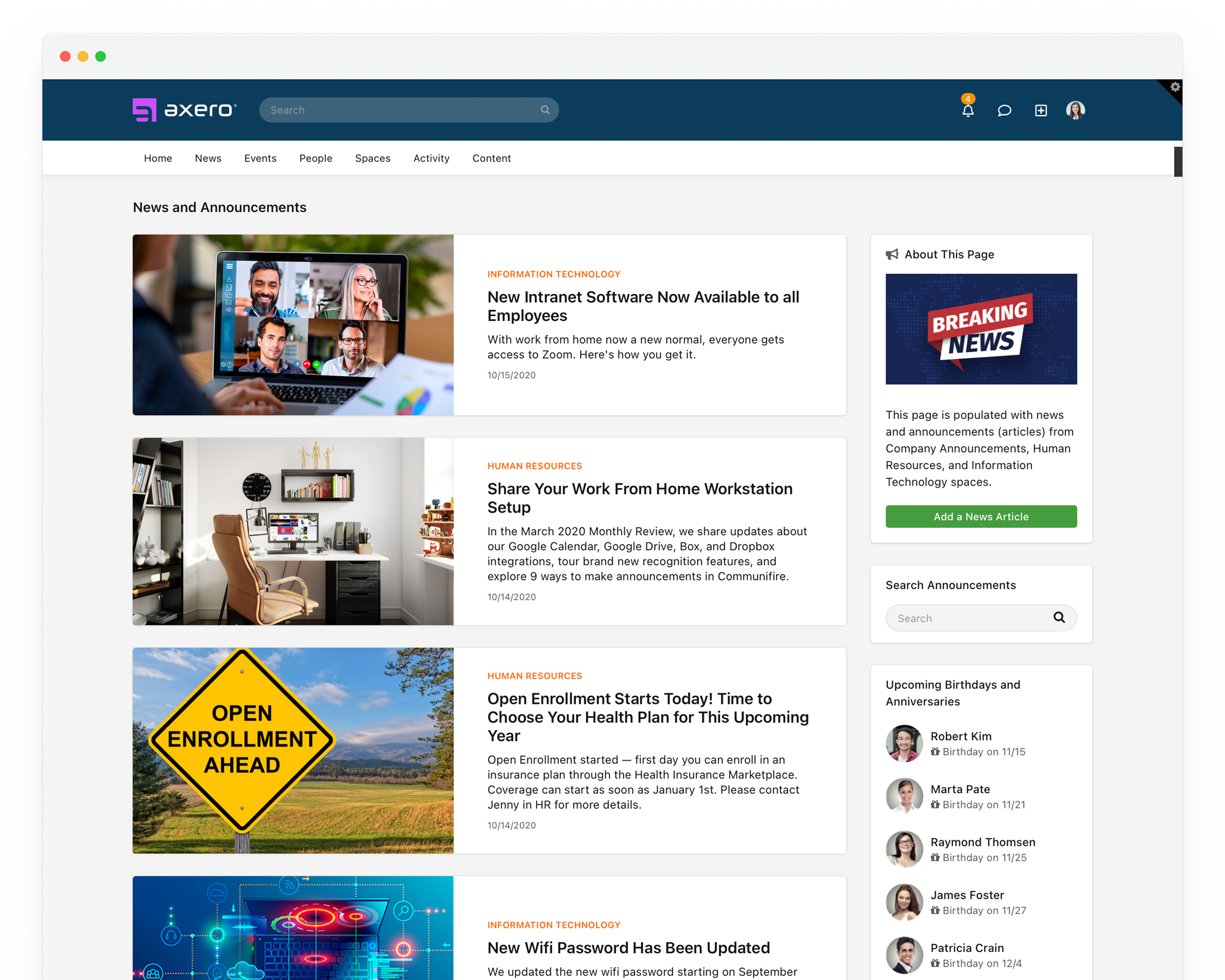
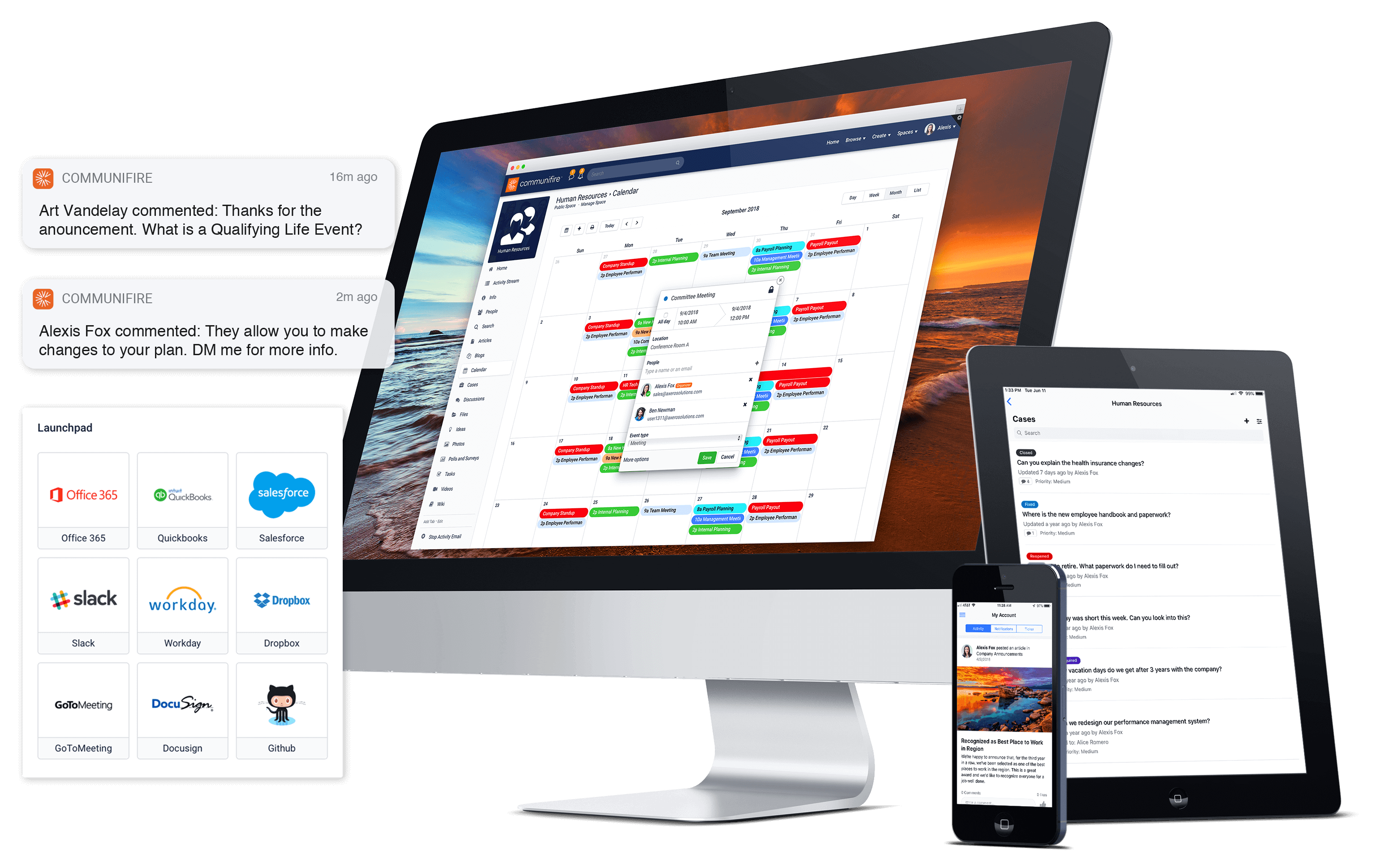
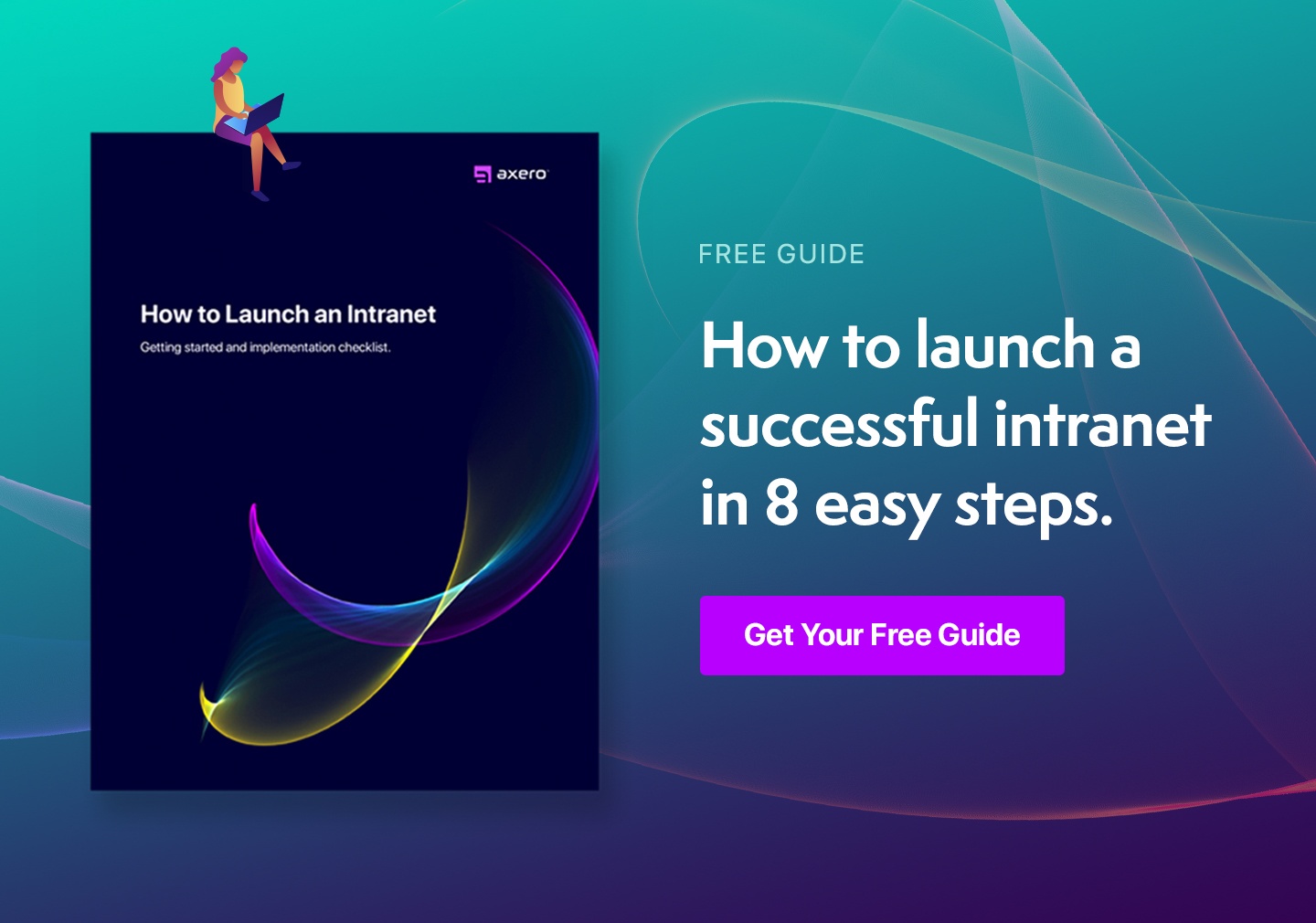
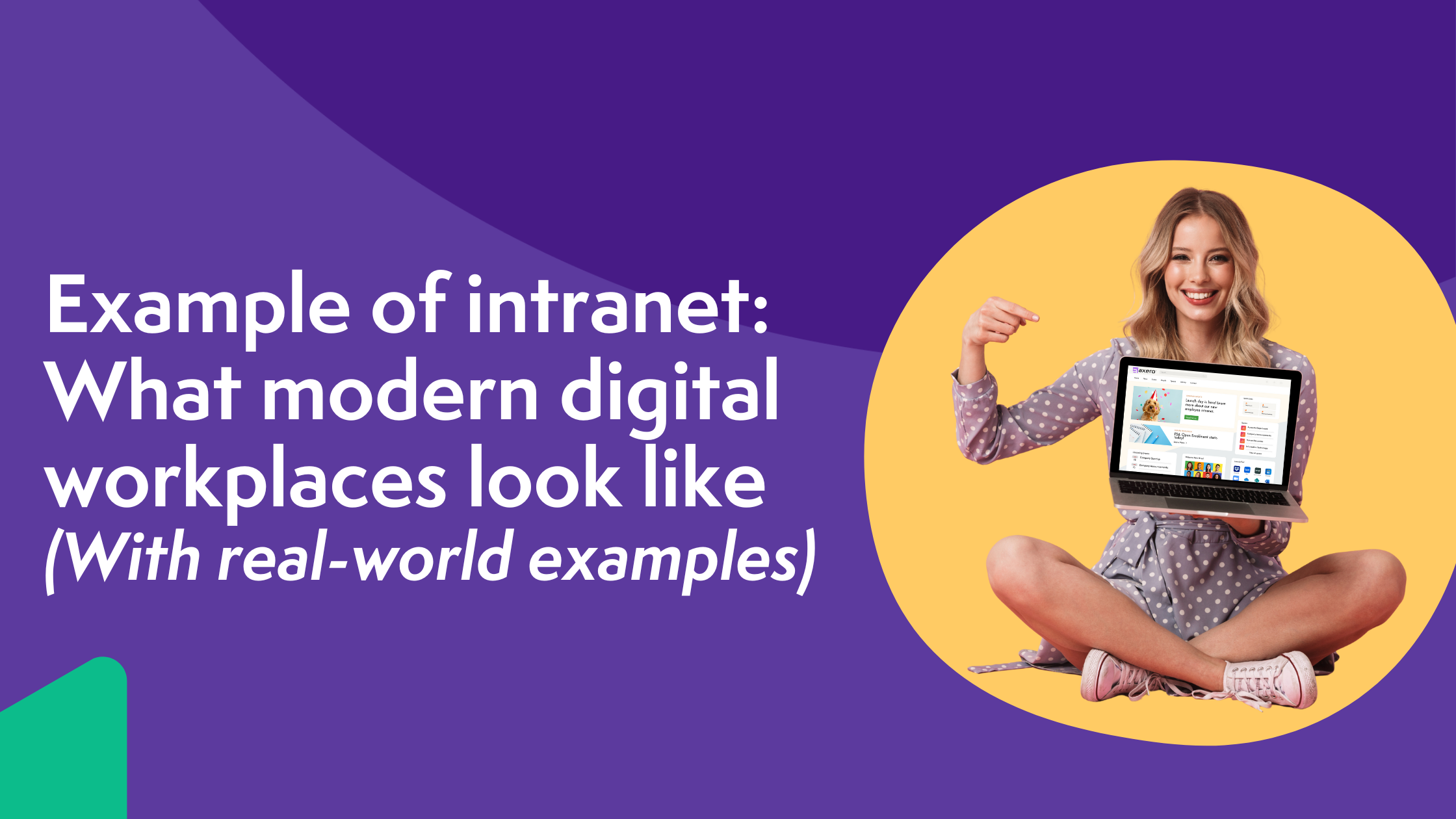









 info@axerosolutions.com
info@axerosolutions.com 1-855-AXERO-55
1-855-AXERO-55


